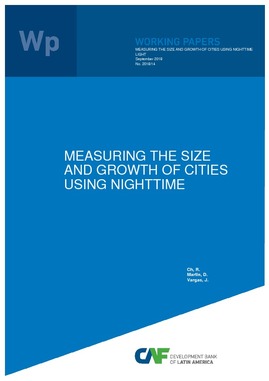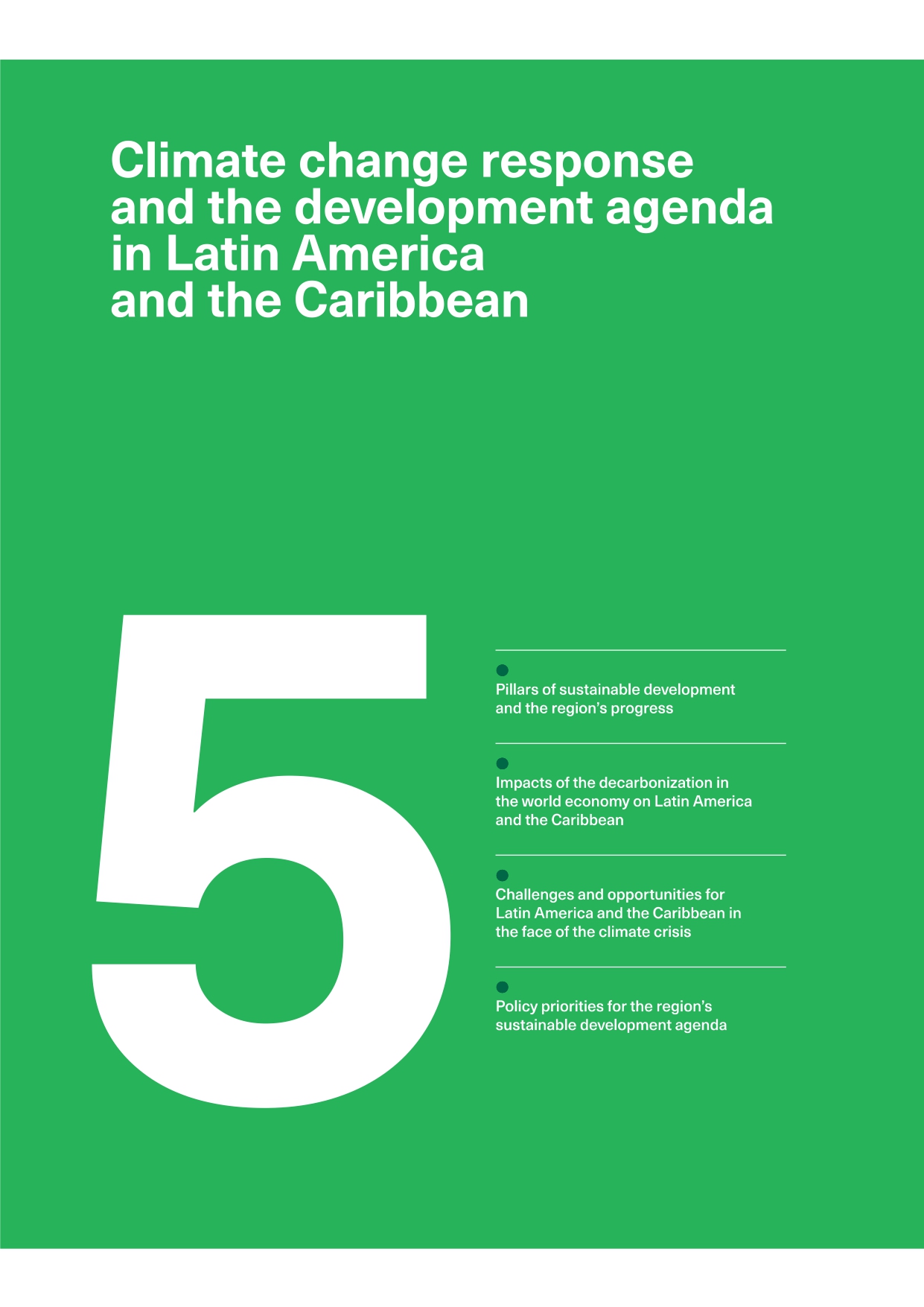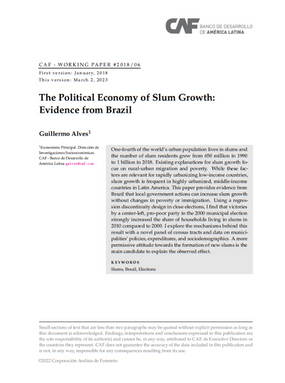Measuring the size and growth of cities using nighttime light
Resumen
This paper uses high-resolution images of nighttime luminosity to estimate a globally comparable measure of the size of metropolitan areas around the world for the years 2000 and 2010. We apply recently-proposed methodologies that correct the known problems of available nighttime luminosity data including blurring, instability of lit pixels overtime and the reduced comparability of night light images across satellites and across time. We then develop a protocol that isolates stable nighttime light pixels that constitute urban footprint, including low luminosity urban settlements such as slums, and excluding confounding phenomena such as highway illumination. When analyzed together with existing geo-referenced population datasets, our measure of urban footprint, can be used to compute city densities for the entire world. After characterizing some basic stylized facts regarding the distribution of urban sprawl, urban population and population density across world regions, we offer an application of our measure to the study of the size distribution of cities, including test of the Zipf's Law and Gibrat's Law.
Materia
País / Región
Fecha
2018-09-20Citar de esta publicación
Item perteneciente a la Colección
Autor
Ch, R.Martin, D.
Vargas, J.
Items Relacionados
Urban mobility for more and better opportunities
Latin America and the Caribbean (LAC) is one of the most urbanized regions in the world, with 81% of its population residing in urban zones.1,a This ...
RED 2023 - Chapter 5: Climate change response and the development agenda in Latin America and the Caribbean
The preceding chapters shed light on the enormous challenges posed by climate change and biodiversity conservation to the world. Global greenhouse gas ...
The Political Economy of Slum Growth: Evidence from Brazil
One-fourth of the world’s urban population lives in slums and the number of slum residents grew from 650 million in 1990 to 1 billion in 2018. Existing ...





